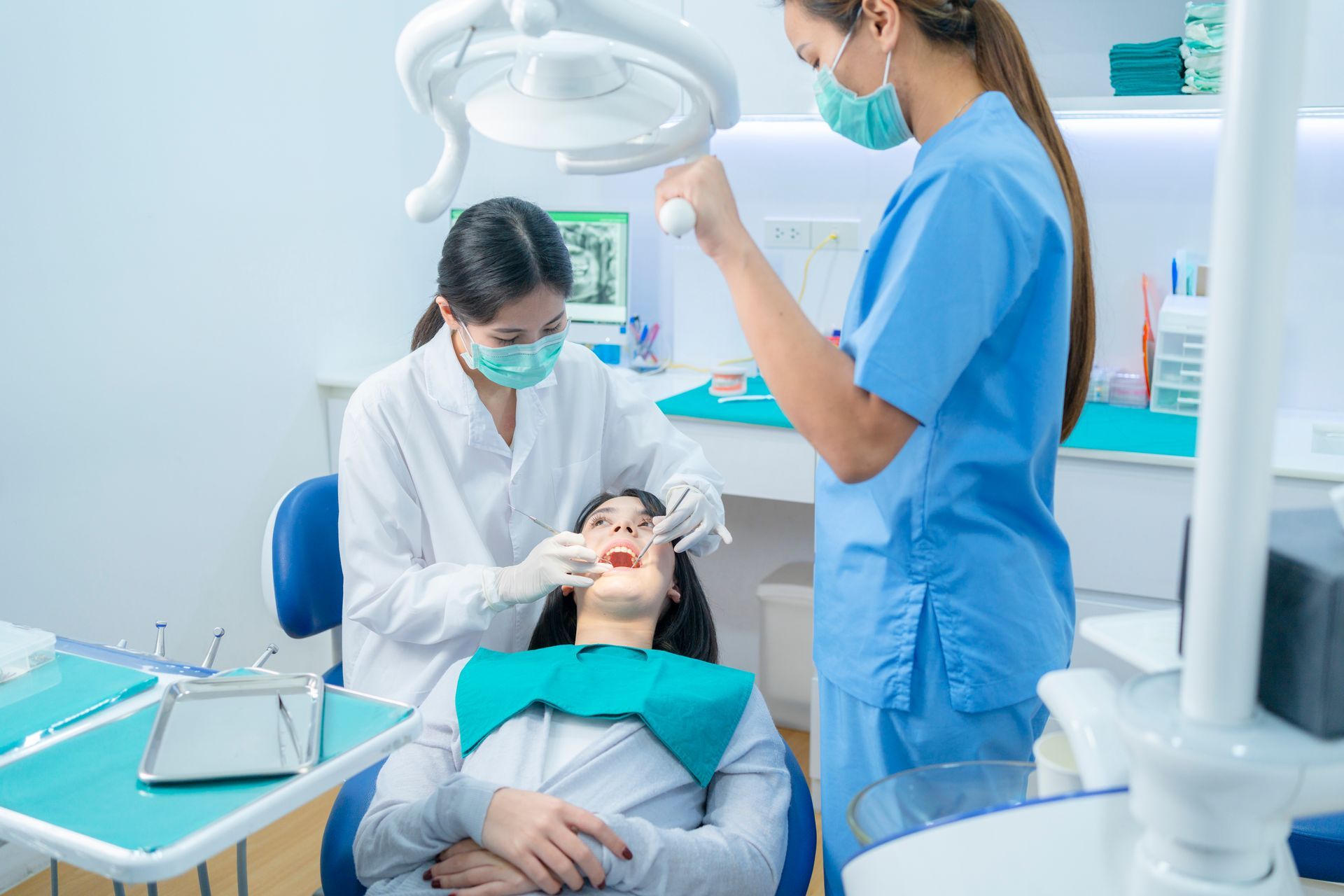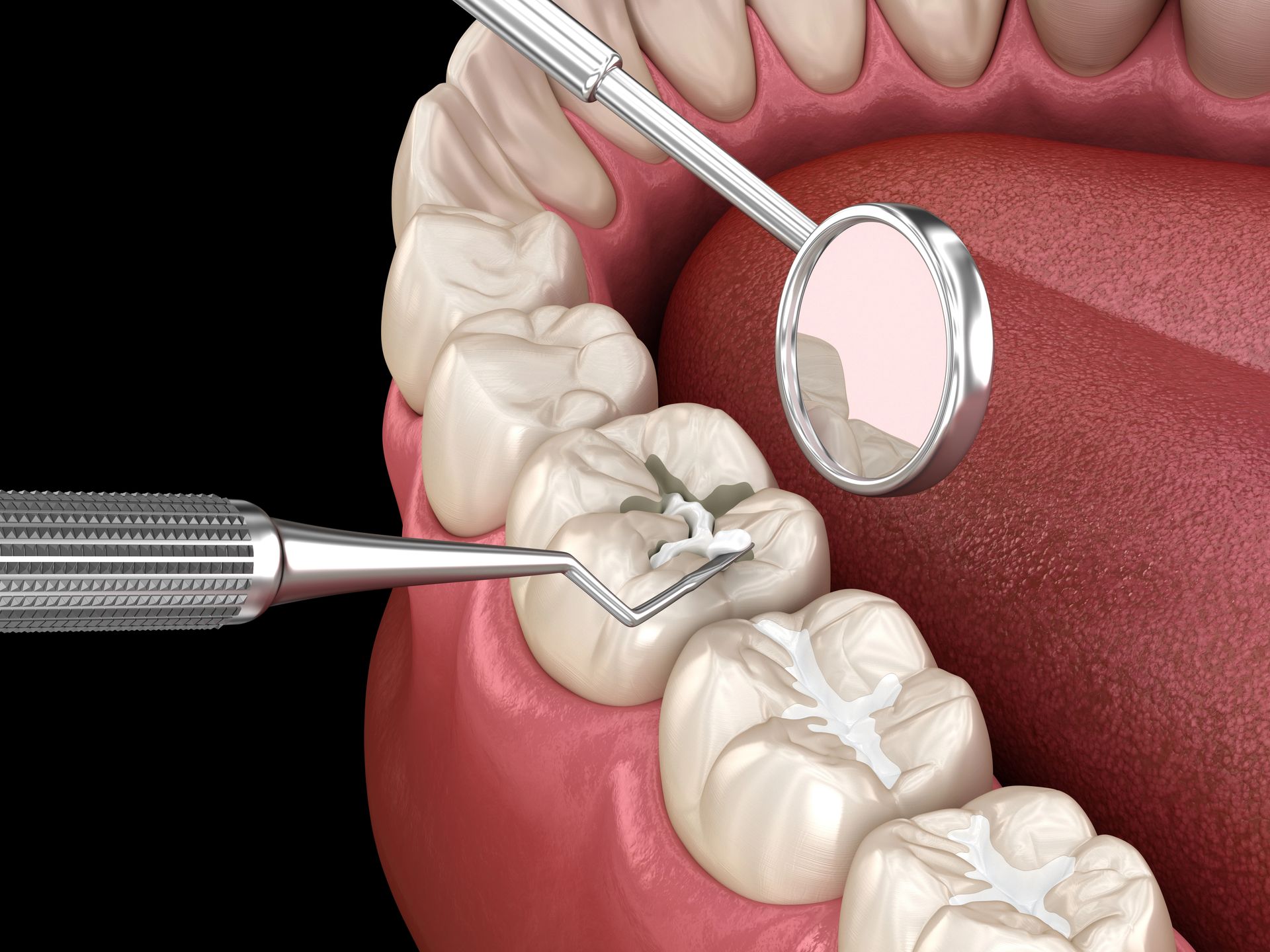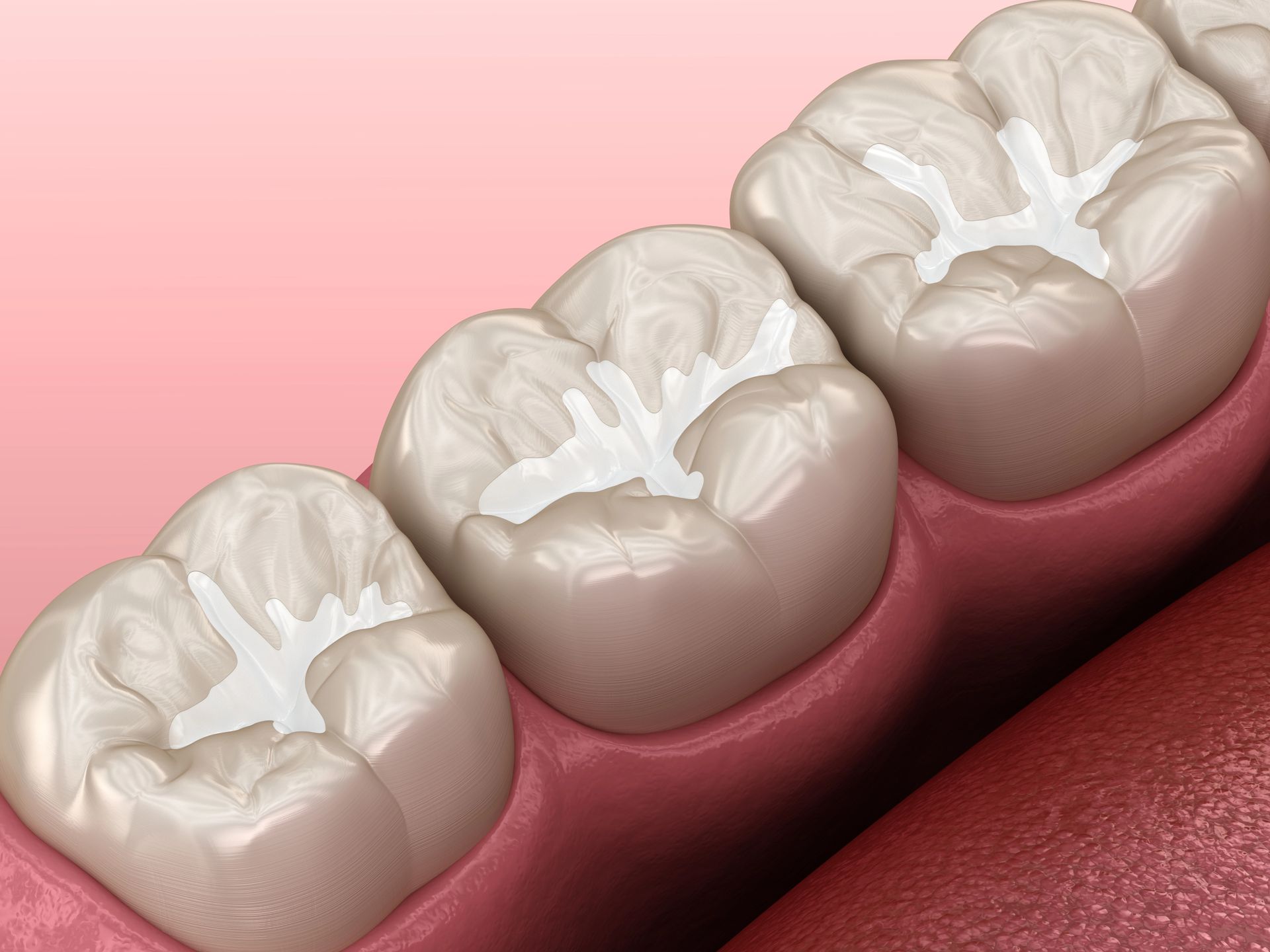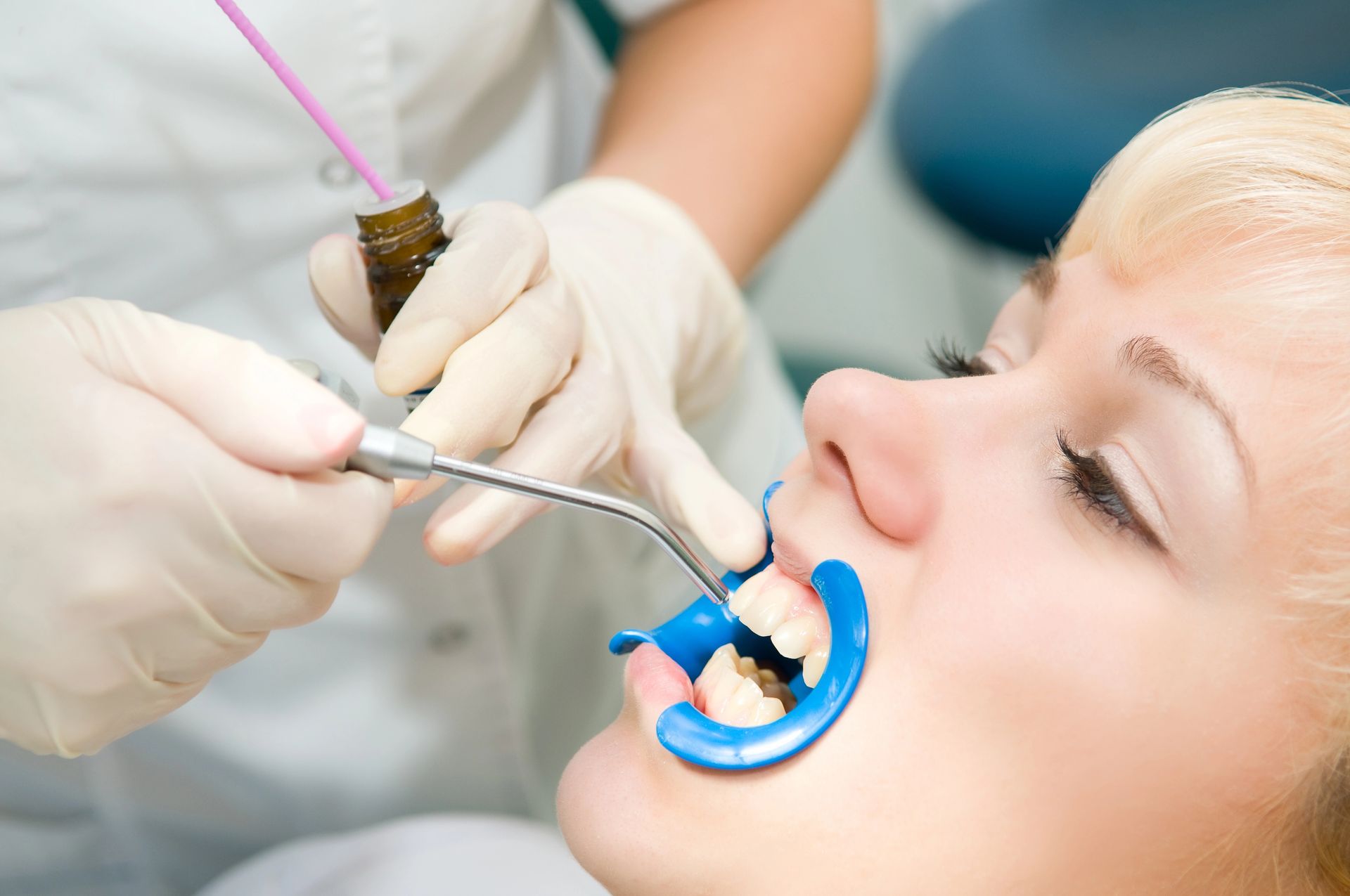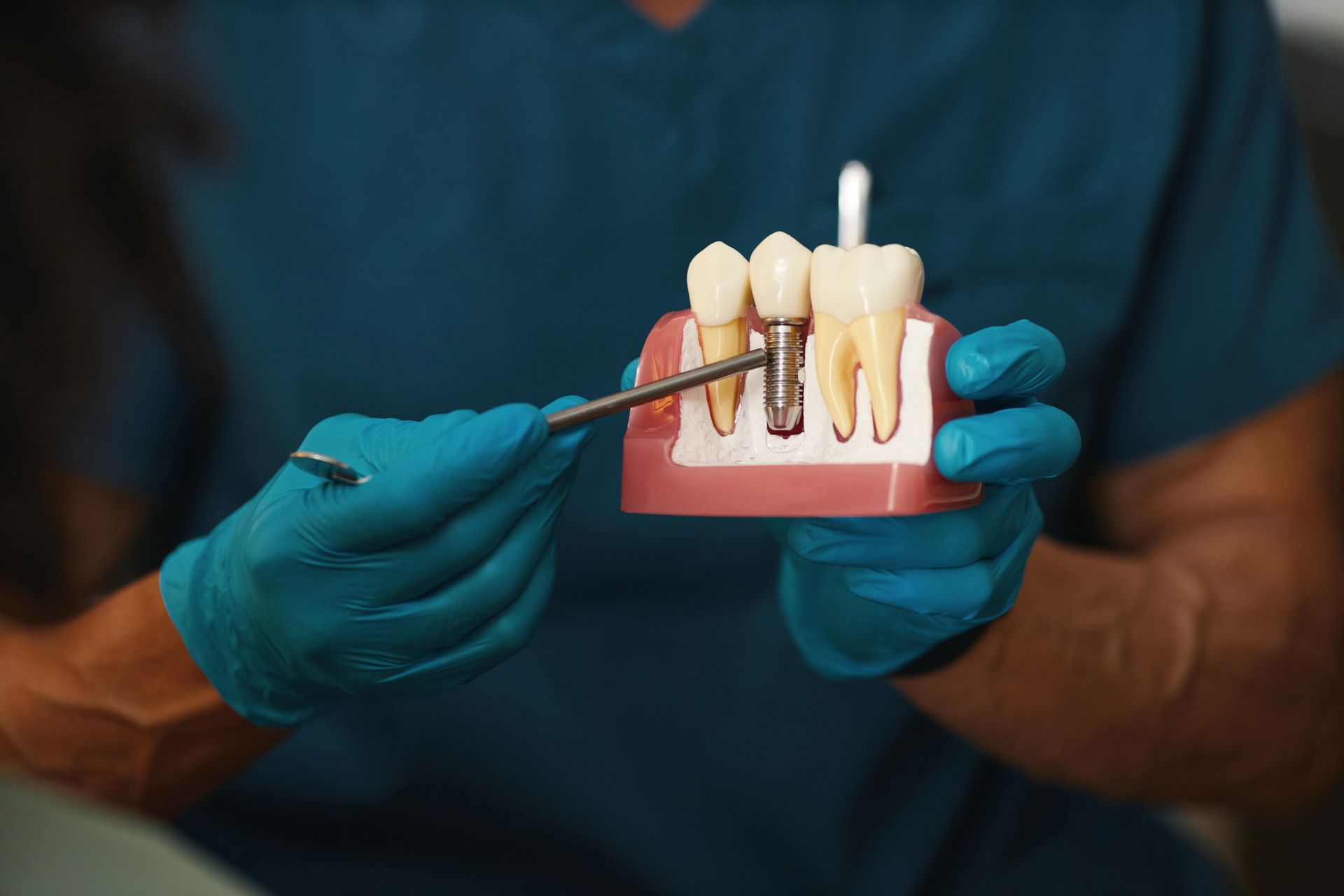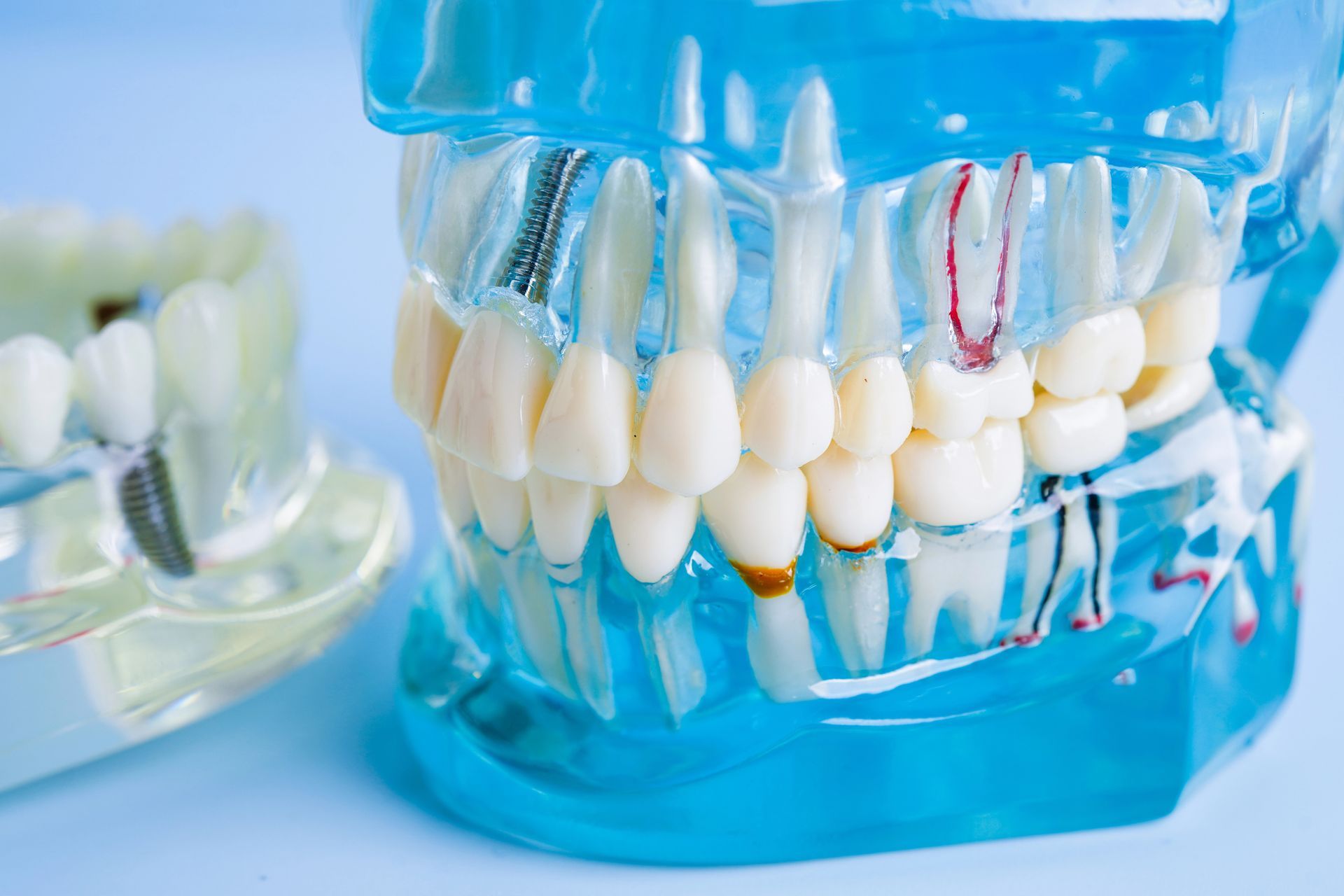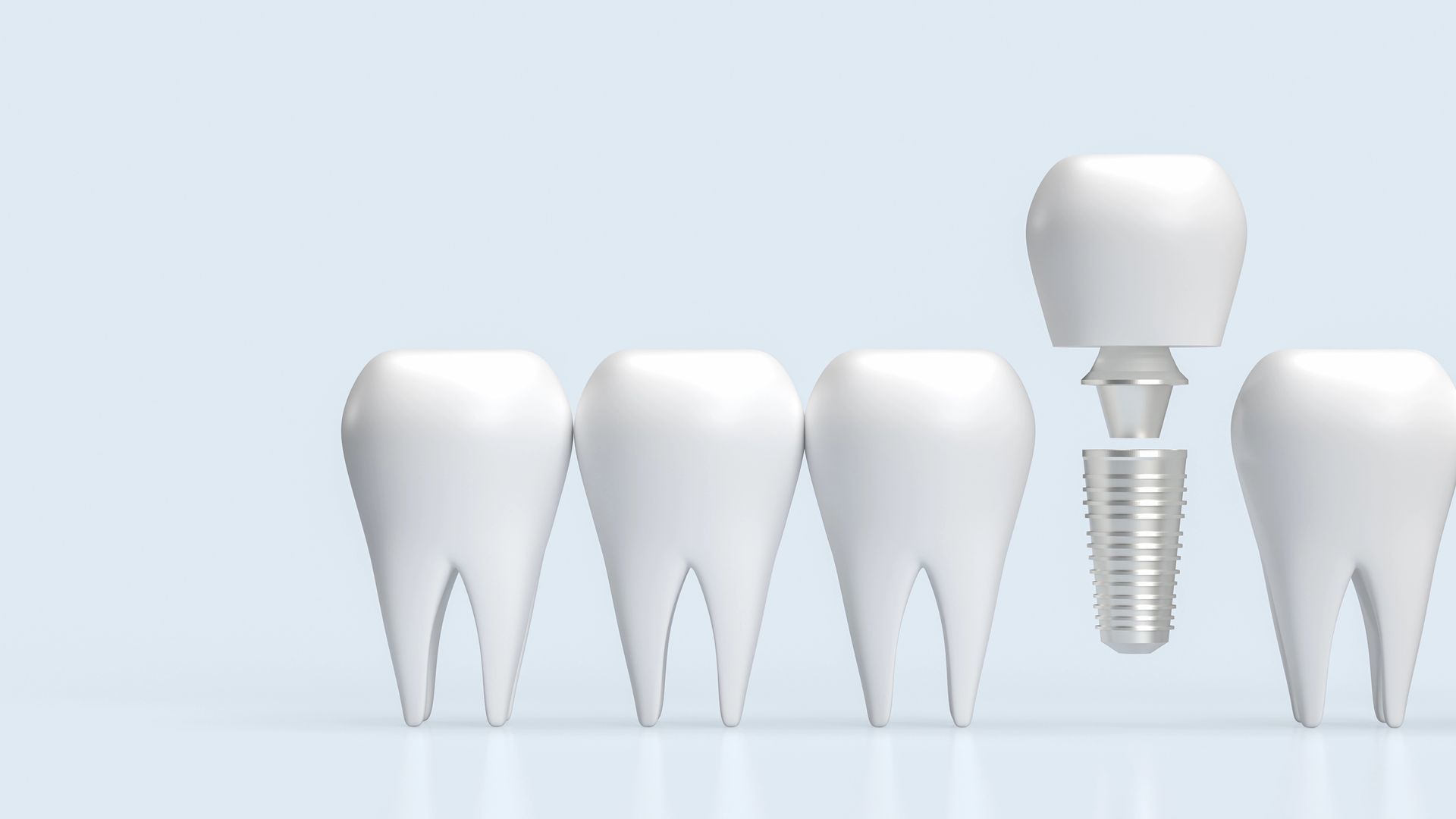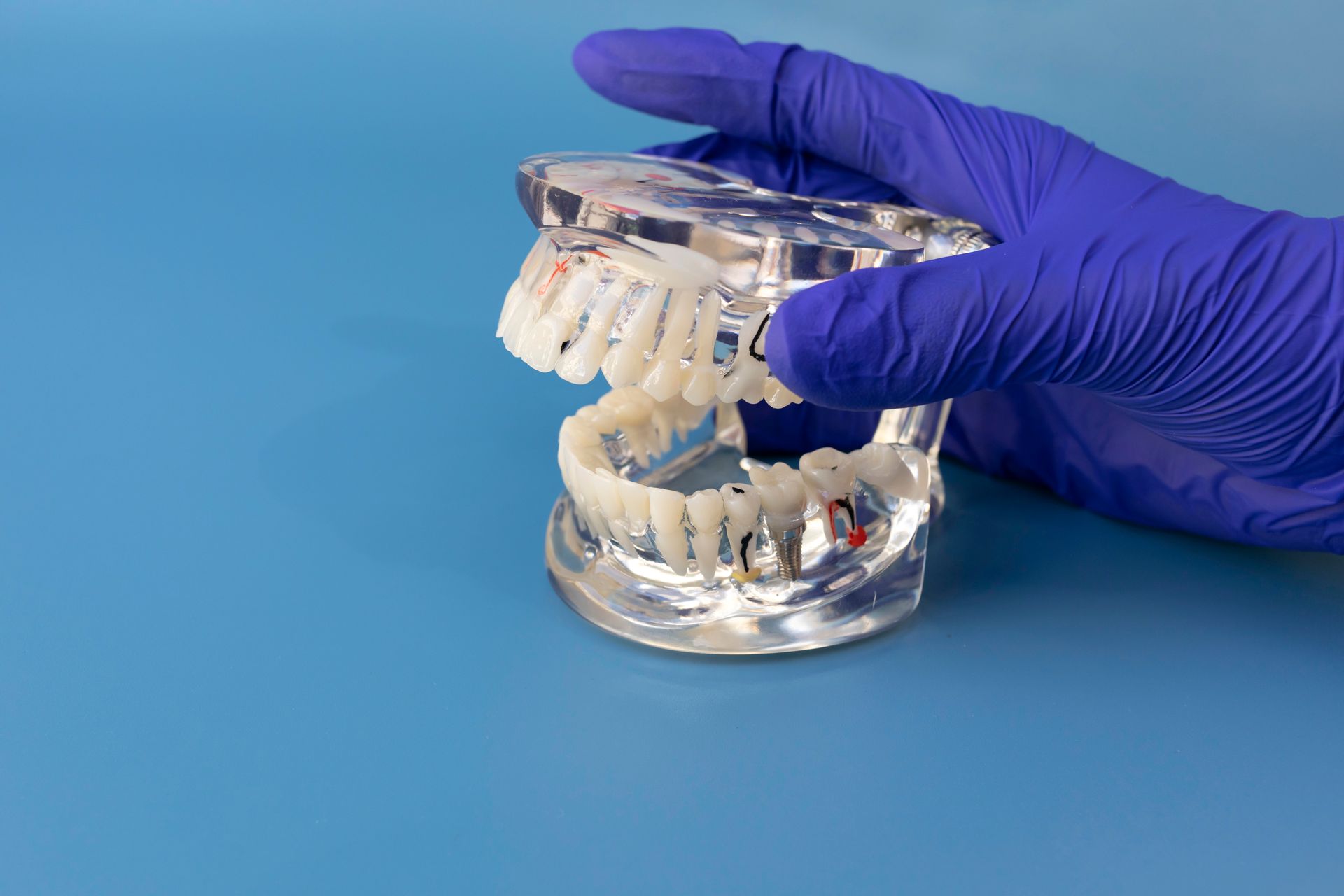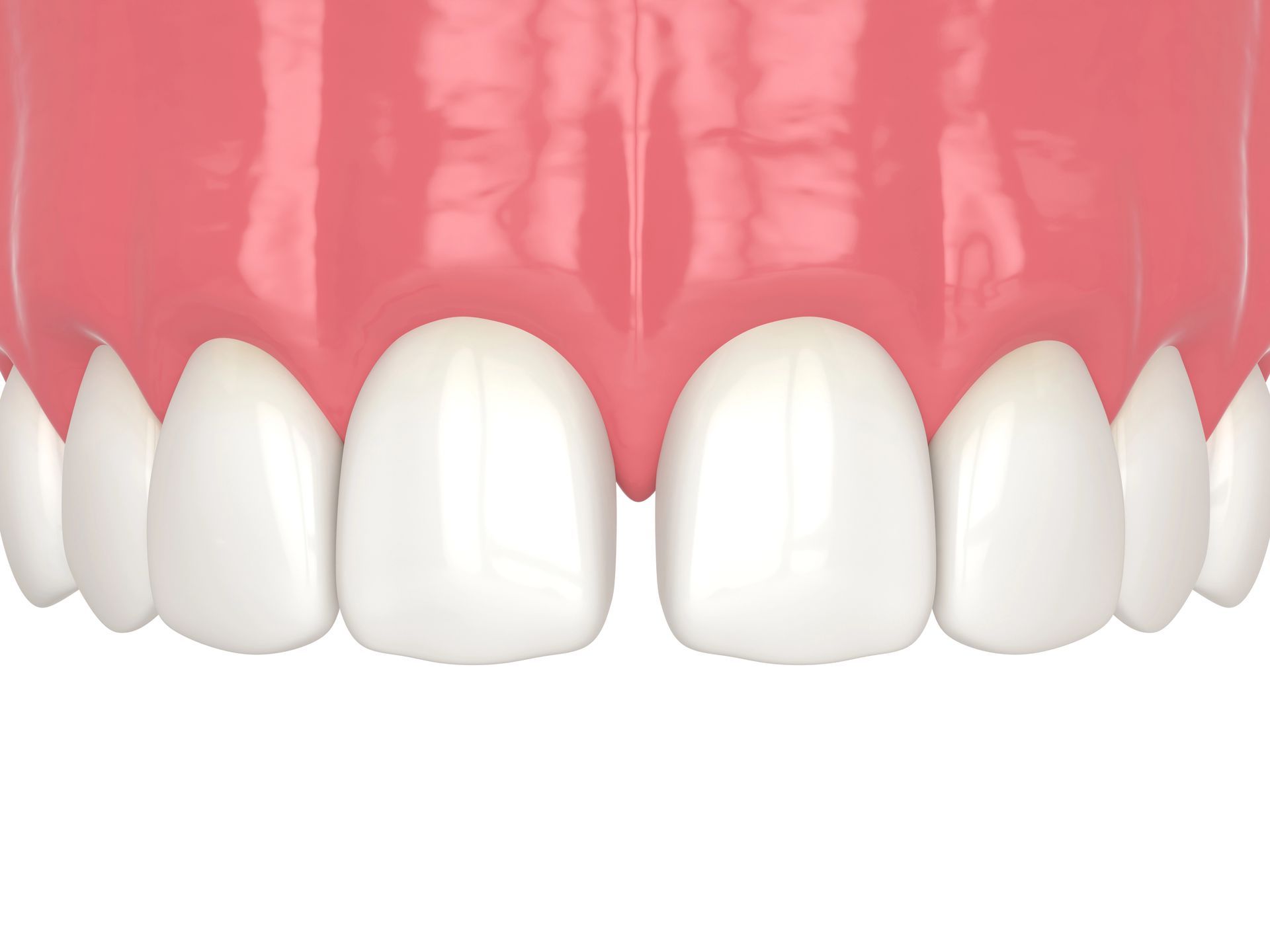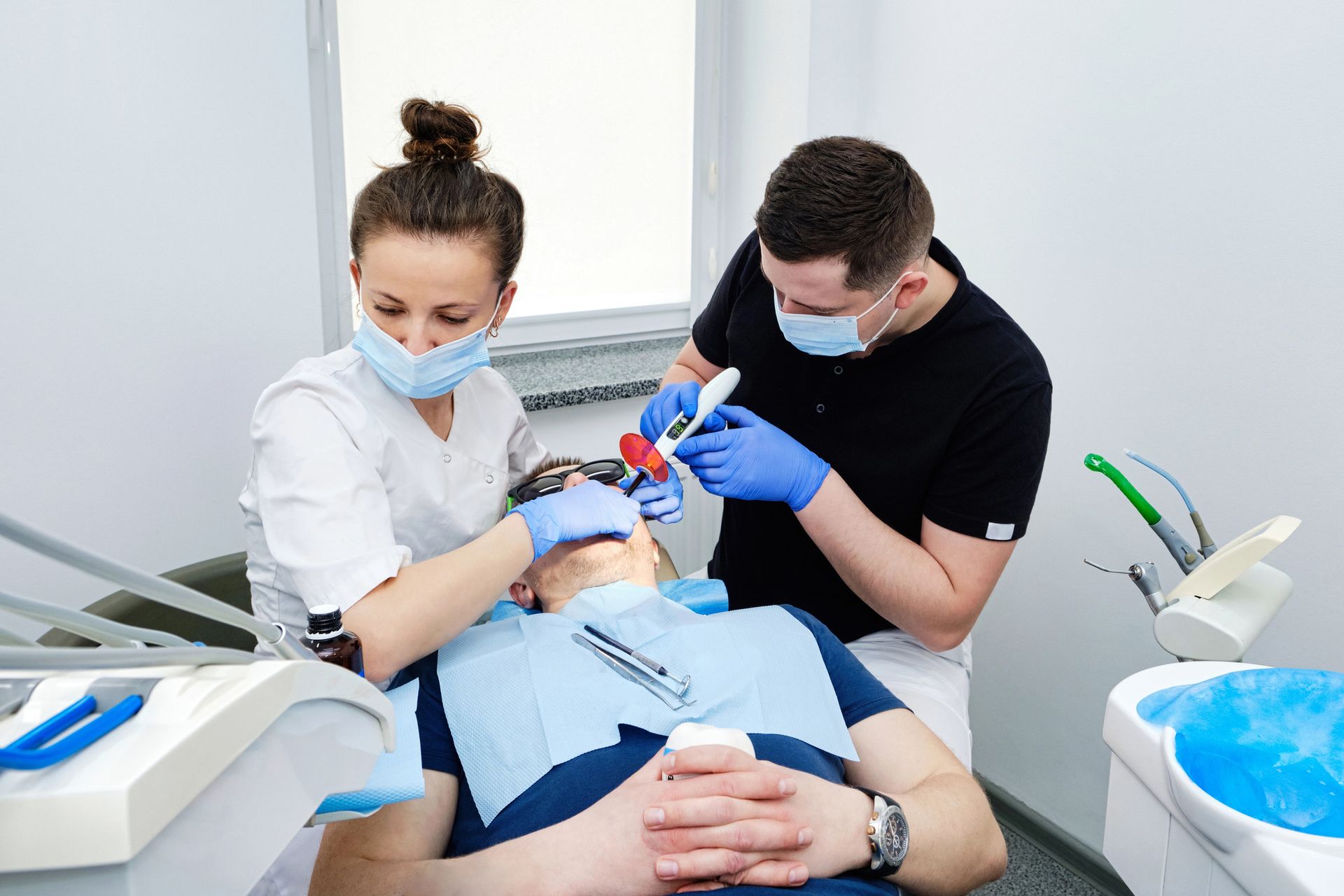Are you curious about the cost of dental veneers and how they can enhance your smile? The cost of dental veneers can vary widely depending on factors such as material and location, but they are generally considered an investment in achieving a more aesthetically pleasing appearance. Understanding these costs can help you make informed decisions about your dental care options.
Understanding Veneer Material Options
When considering the cost of dental veneers, it's essential to understand the different material options available. Veneers can be crafted from various materials, each offering unique benefits and aesthetic qualities. Porcelain veneers are often praised for their natural appearance and durability, while composite resin veneers are known for their affordability and ease of application. The choice of material can significantly impact the overall cost of dental veneers, as well as the longevity and appearance of the final result.
The cost of dental veneers is influenced not only by the material but also by the complexity of the procedure and the expertise of the dental professional. It's important to weigh these factors when exploring your options. For those interested in learning more about local providers and their offerings, you can explore Dental Veneers Near Me: Discover Top Local Providers Today.
Cost of Dental Veneers
The cost of dental veneers can vary significantly based on several factors. One of the primary influences is the material used for the veneers, with options ranging from composite resin to porcelain, each offering different aesthetic qualities and durability. The complexity of the procedure also plays a role, as more intricate cases may require additional time and expertise, potentially increasing the overall cost. Geographic location is another factor, as dental practices in urban areas or regions with a higher cost of living may charge more for veneer procedures compared to those in less populated areas.
Additionally, the experience and reputation of the dental professional can impact the cost of dental veneers. Dentists with extensive experience or specialized training in cosmetic dentistry may charge higher fees due to their expertise. The number of veneers needed is another consideration, as more veneers will naturally lead to higher costs. For those interested in exploring their options, visiting a reputable provider like Dental Veneers Columbia can provide further insight into the cost of dental veneers and what to expect during the process.
Comparing Veneer Types and Prices
When considering dental veneers, understanding the different types and their associated costs is crucial for making an informed decision. Veneers can be made from various materials, each offering distinct aesthetic and functional benefits. Porcelain veneers are often noted for their natural appearance and durability, while composite veneers are typically more affordable and can be applied in a shorter time frame. The price of veneers can vary significantly based on the material chosen, the complexity of the procedure, and the geographic location of the dental practice. By comparing veneer types and prices, individuals can better understand the financial investment involved in achieving their desired smile transformation.
Geographic Price Variations for Veneers
When considering the cost of dental veneers, it's important to recognize that prices can vary significantly based on geographic location. In urban areas or regions with a higher cost of living, dental veneers may be priced at a premium compared to rural or less populated areas. This variation is often due to differences in overhead costs, local economic conditions, and the availability of specialized dental professionals. For instance, metropolitan areas with a high demand for cosmetic dentistry might see higher prices due to increased competition and the presence of renowned dental practitioners. Conversely, smaller towns might offer more affordable options, though the range of available services could be limited. Understanding these geographic price variations can help you make informed decisions about where to pursue your dental veneer treatment. If you're considering enhancing your smile in South Carolina, Design Dentistry Columbia offers a range of options, and you can learn more by visiting your local Columbia Dentist.
Veneer Longevity and Investment Value
When considering the cost of dental veneers, it's essential to understand their longevity and investment value. Dental veneers are designed to be a long-lasting solution for enhancing your smile, often enduring for many years with proper care. This durability makes them a valuable investment in your dental aesthetics, as they can maintain their appearance and function over time. The initial cost of dental veneers may seem significant, but their potential to provide a lasting improvement to your smile can offer substantial value, making them a worthwhile consideration for those looking to enhance their dental appearance.
Insurance and Veneer Coverage Insights
Understanding the cost of dental veneers involves considering whether your insurance plan offers any coverage for this cosmetic procedure. Typically, dental insurance plans do not cover veneers as they are often classified as elective cosmetic treatments. However, some plans might offer partial coverage if the veneers are deemed necessary for restorative purposes, such as repairing a damaged tooth. It's essential to review your specific insurance policy to determine what portion, if any, of the cost of dental veneers might be covered. This can significantly impact your overall financial planning when considering enhancing your smile with veneers.
Veneer Maintenance and Associated Costs
When considering the cost of dental veneers, it's important to factor in the ongoing maintenance and associated costs that come with them. Veneers, while durable, require regular care to maintain their appearance and longevity. This includes routine dental check-ups and cleanings, which help ensure that the veneers remain in optimal condition. Additionally, any potential repairs or replacements due to wear and tear over time can contribute to the overall cost of dental veneers. Understanding these aspects is crucial for anyone looking to invest in veneers as part of their dental care routine.
Initial Consultation and Examination Fees
When considering the cost of dental veneers, it's important to factor in the initial consultation and examination fees. These preliminary appointments are essential for assessing your dental health and determining if veneers are a suitable option for enhancing your smile. During this stage, a dental professional will evaluate your teeth, discuss your aesthetic goals, and outline the potential costs involved in the veneer process. While these fees can vary depending on the dental practice and location, they are a crucial part of understanding the overall cost of dental veneers and planning your budget accordingly.
Financing Options for Dental Veneers
When considering the cost of dental veneers, it's important to explore various financing options that can make this cosmetic dental procedure more accessible. Many dental practices offer flexible payment plans that allow patients to spread the cost over time, making it easier to manage the financial commitment. Additionally, some third-party financing companies specialize in healthcare loans, providing another avenue to cover the cost of dental veneers. By understanding these financing options, individuals can better plan for their investment in a brighter, more confident smile without the immediate burden of a lump-sum payment.
Conclusion
Understanding the cost of dental veneers is essential for making informed decisions about enhancing your smile. For more information, feel free to call 803-408-7163 or check out the reviews on Google Maps.

